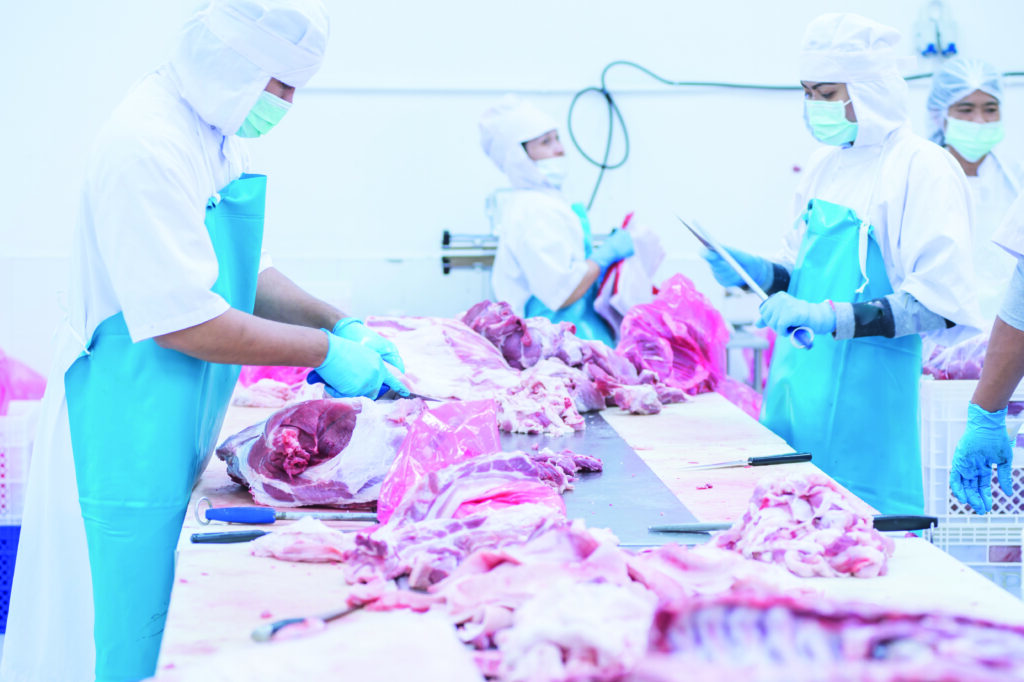EU pig prices have remained largely stable since the start of November, declining by just €0.61 in the past 5 weeks, to reach €14516/100kg in week ended December 10.
Prices were rising at this time last year, so the gap between this year’s and last year’s prices has widened over the period. For the most recent week, prices are now almost €10 below equivalent 2016 levels.
AHDB analyst Bethan Wilkins said: “This price stability comes as an ample supply of pigs is currently being matched by good demand in the run up to Christmas. However, it is uncertain whether this can continue, given the traditionally more difficult new year period is now approaching.”

On an individual country basis, most member states followed the overall trend and recorded stable or modestly declining prices over the past few weeks. The German reference price stood at €149.39/100kg in week ended 10 December, which is just €0.16 above 4 weeks earlier. Other major producers recording negligible price changes over this period include Denmark and France. However, stronger price declines continued in Spain, with the reference price falling €4.11 over the past four weeks to €126.16/100kg.
Prices in the UK also continued to fall over the past four weeks, although some recovery in the pound minimised this decline in euro terms. Nonetheless, with EU prices stabilising this meant the gap between the UK and EU average reference price began to narrow again. At 150.91p/kg for week ended December 10, the UK price currently stands around 23p above the EU average, which is almost 1p less than 4 weeks prior.
Export levels
In contrast to recent months, EU pork exports were stable on the year in October, at 180,200 tonnes.
According to AHDB analysis, this was an 11% increase on the previous month, and represented the highest monthly pork export volume since January. Nonetheless, falling average unit prices meant the value of EU pork exports was still 7% lower than 2016 during the month, at €423.6 million.
Exports to China returned to growth for the first time since January during the month, reaching 61,300 tonnes which was 7% above 2016 levels. This rise in shipments is not yet reflected in the official Chinese import volumes, so it will be interesting to see if growth returned when the November figures are released later this month.
\The Japanese market also performed strongly, taking 20% (+5,000 tonnes) more pork than in the year before. Exports to a number of other markets also expanded on the year, including Hong Kong (+1,300 tonnes) the US (+2,700 tonnes) Taiwan (+1,700 tonnes) and the Ivory Coast (1,600 tonnes). However, this growth was countered by another sharp decline in exports to South Korea, which fell by over a third compared to 2016 to 15,800 tonnes.

EU offal exports performed less well in October, falling by 5% year-on-year to 115,700 tonnes as shipments to China remained in decline. At 60,300 tonnes, exports to China were 11% below year earlier levels, and Hong Kong shipments also declined 4% (-900 tonnes) Nonetheless, there was growth in shipments to the Philippines, South Korea and Ukraine. When combined with falling unit prices, the value of EU offal exports during the month was 15% back on the year, at €142.9 million.




